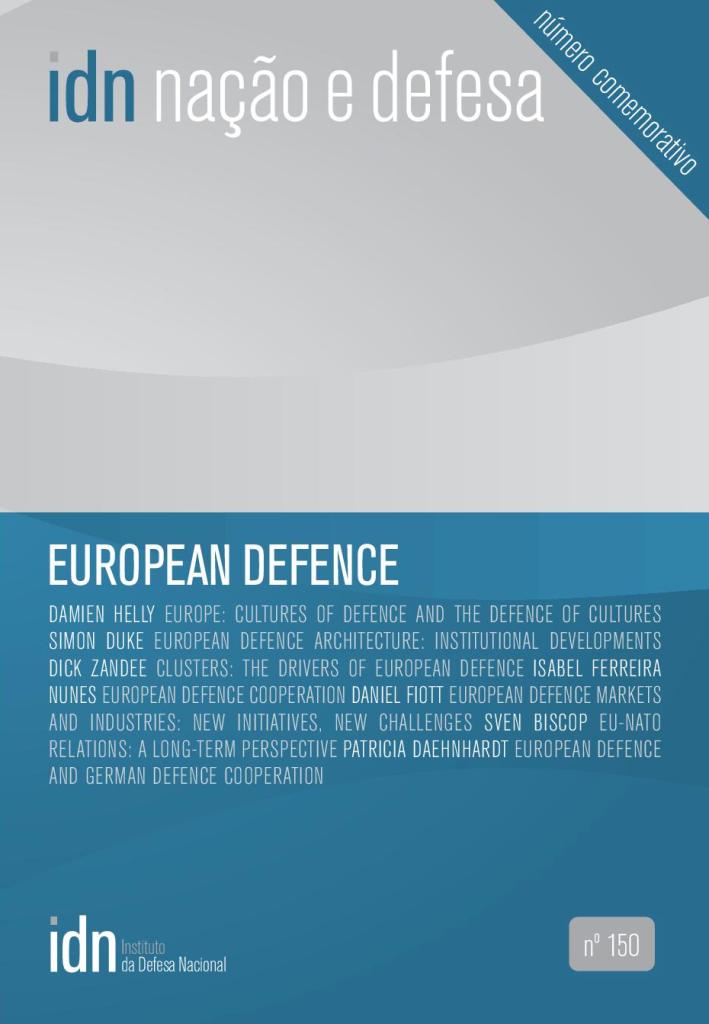European Defence Architecture
Institutional Developments
Resumo
The articles analyses the process of institutionalization of European defence, emphasizing the civilian focus of the EU crisis management system, complemented by synergies between civilian and militar instruments. This shapes current European security governance and will influence the future of defence architecture. At this level, matters of coherence and effectiveness claim institutional oversight, within the Union and regarding relations between the EU and NATO, where little architectural overlap occurs. The author acknowledges that new defence cooperation initiatives, despite the fact they have not so far altered the EU’s institutional architecture, they will influence the relations within and between European institutions, with various decision making formats, for instance regarding PESCO projects. It discusses how PESCO may press for a more consistent behaviour by Member States, between political agreement for external action and participation and how European defence cooperation will have to coexist with transatlantic responsibilities of EU/NATO Member States. European defence cooperation has not added new competences to EU institutions, but the availability of new sources of funding may activate dormant provisions of the Lisbon Treaty and provide the incentive for Member States to engage more systematically in CFSP and CSDP.





